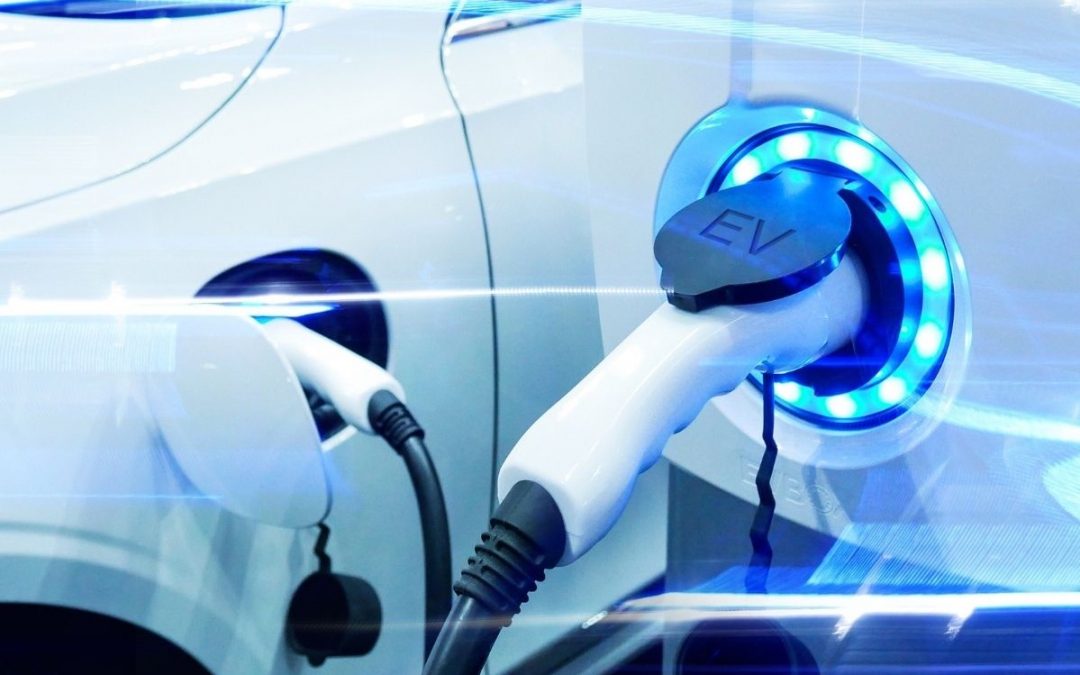Smart City solutions are consistently on the rise and the electric vehicle industry is no exception. It’s no wonder the Australian government has just invested $250 million in EV charging stations, with 90% of all car sales estimated to be electric by 2050.
Yet part of the reluctance for consumer adoption has been the challenge of how to implement the sheer volume of EV charging stations that will be needed to accommodate the switch.
The EV Council and AI Group are one step ahead. Actively working with groups such as the Property Council of Australia and Housing Institute of Australia, and lobbying through the National Building Codes, new regulations are being introduced to make sure all new apartment buildings are wired to be “EV charging station ready” from 2023.
When you’re buying an apartment, readiness for EV charging may not at the top of your shopping list today – but it certainly will be very soon!
Building the EV-readiness requirement into the infrastructure cost from the outset is not hugely expensive, but to retrofit these additions is far more costly and off-putting. This may be just the forward-thinking move electric vehicles need to gracefully transition into everyday use.
Why would we want EV-readiness?
🌳 Massive stride towards net-zero emissions
🌳 Cuts down on fuel dependency
🌳 90% of us will be driving new EVs by 2050 from just 1% today
With statistics like these, it’s no wonder major institutions are buckling up to be EV-ready.


Recent Comments